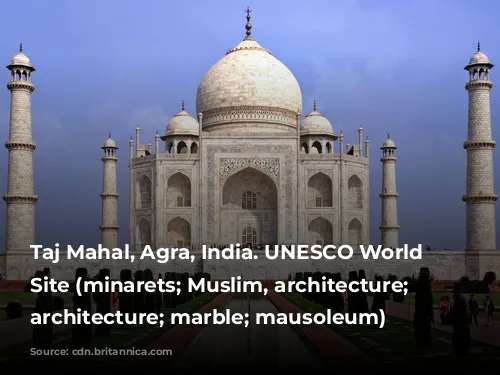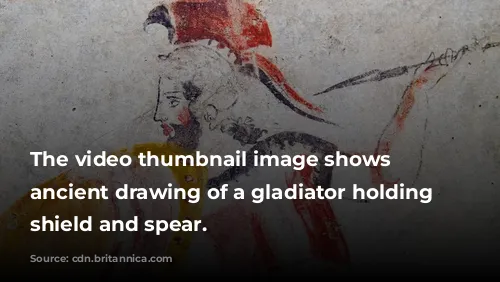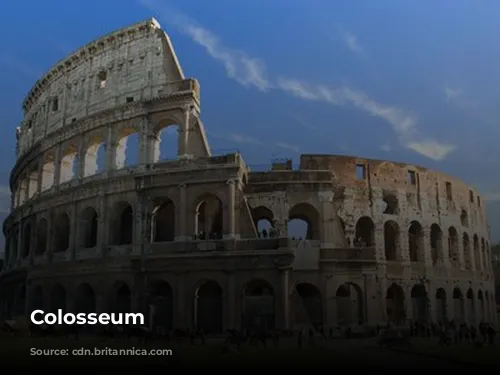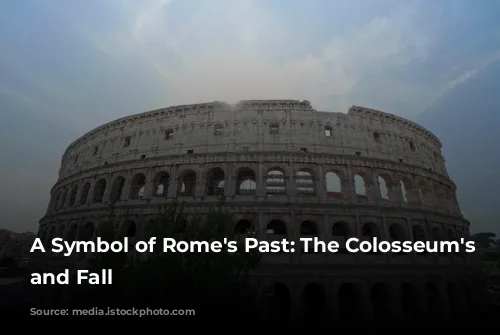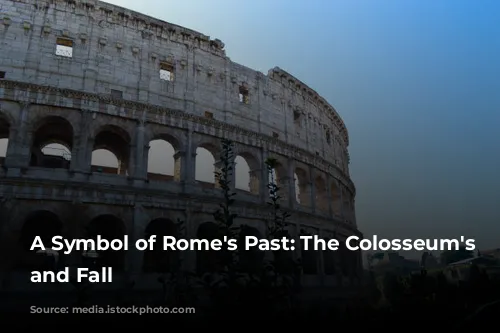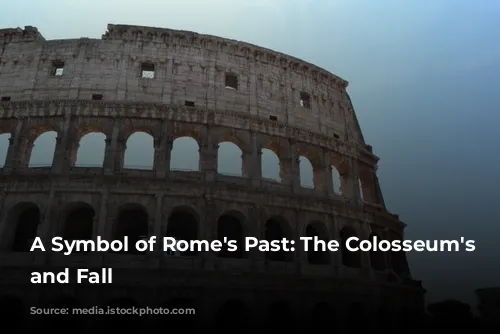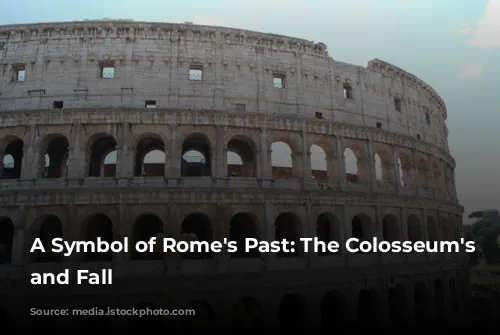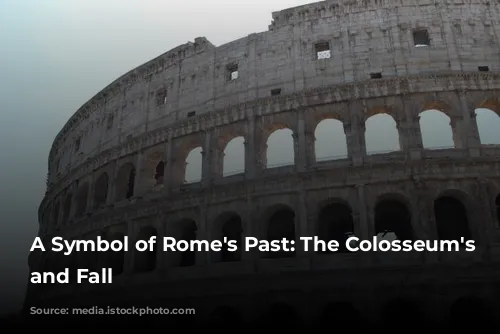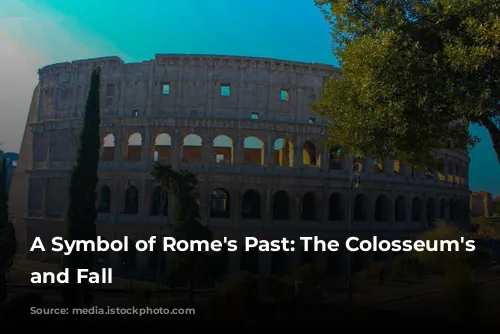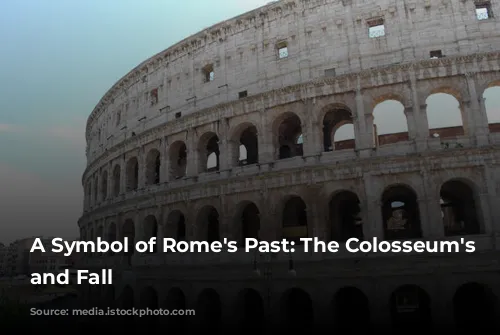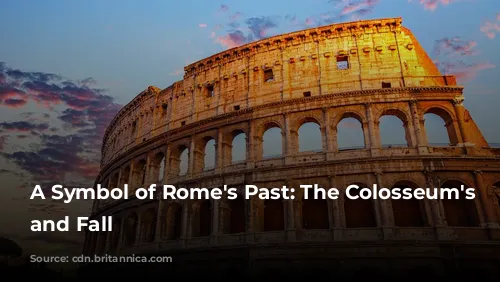The Colosseum, a towering testament to Roman architectural brilliance, stands today as a powerful reminder of the empire’s grandeur. This massive amphitheater, one of the few relatively untouched structures from that era, attracts millions of visitors each year, generating substantial tourism revenue for Italy. In 2018 alone, the Colosseum, along with the Roman Forum and Palatine Hill, collectively brought in over $63.3 million (€53.8 million), making it the most profitable tourist destination in the entire country.
A Symbol of Roman Might
The Colosseum was built as a symbol of Roman power and prosperity. After the turbulent year of the four emperors in 69 CE, Emperor Vespasian sought to reinvigorate Rome and its people. The Colosseum, like other amphitheaters throughout the empire, was envisioned as a hub of entertainment, a place where Romans could gather to witness thrilling gladiator fights, animal hunts, and even mock naval battles. It was a bold statement, a testament to the empire’s might and a way to keep the populace engaged.
From Construction to Neglect
Construction of the Colosseum began under Vespasian between 70 and 72 CE. The finished structure, dedicated in 80 CE by Vespasian’s son and successor, Titus, was a monumental achievement of engineering. Its fourth story was added in 82 CE by the emperor Domitian, adding another layer to its grandeur. The Colosseum was financed with spoils from Titus’s conquest of Jerusalem in 70 CE, and it was built with labor from enslaved Jews from Judea.
The Colosseum, also known as the Flavian Amphitheater, is an elliptical structure constructed from stone, concrete, and tuff. Standing four stories tall, it measured an impressive 620 by 513 feet (189 by 156 meters), capable of accommodating as many as 50,000 spectators. Its primary purpose was gladiatorial combat, a spectacle that captivated Roman society.
A Place of Spectacle
The Colosseum was more than just a structure; it was a place where history unfolded. Its imposing presence, towering over the city, was a constant reminder of Rome’s strength. The structure, located just east of the Palatine Hill, replaced the artificial lake that was the centerpiece of Nero’s Golden House. This strategic location was as symbolic as it was practical, highlighting Vespasian’s intent to replace the tyranny of Nero with a public space for the people.
The arena’s unique design incorporated a complex system of barrel and groin vaults, allowing it to stand freely without needing the support of a hillside. The exterior featured three tiers of arcades, adorned with columns in the Doric, Ionic, and Corinthian orders, becoming a defining feature of Renaissance architecture. The Colosseum’s grand facade was constructed of travertine, while its inner bowl and arcade vaults were crafted from concrete, showcasing the ingenuity of Roman engineering.
A Symbol of Rome’s Enduring Legacy
Despite its spectacular origins, the Colosseum eventually fell into disrepair, mirroring the decline of the Roman Empire. During the Middle Ages, it served as a church and then a fortress for powerful Roman families, the Frangipane and the Annibaldi. However, the Colosseum was ravaged by lightning, earthquakes, vandalism, and pollution, stripping away its once-glorious marble seats and decorative elements. For over a thousand years, it was used as a quarry, a testament to the fickle nature of time.
The 19th century marked the beginning of serious preservation efforts, spearheaded by Pope Pius VIII, and a restoration project was undertaken in the 1990s. Today, the Colosseum continues to stand as a symbol of Roman glory, attracting millions of visitors each year. It’s a constant reminder of the empire’s achievements and a testament to the endurance of human creativity.
